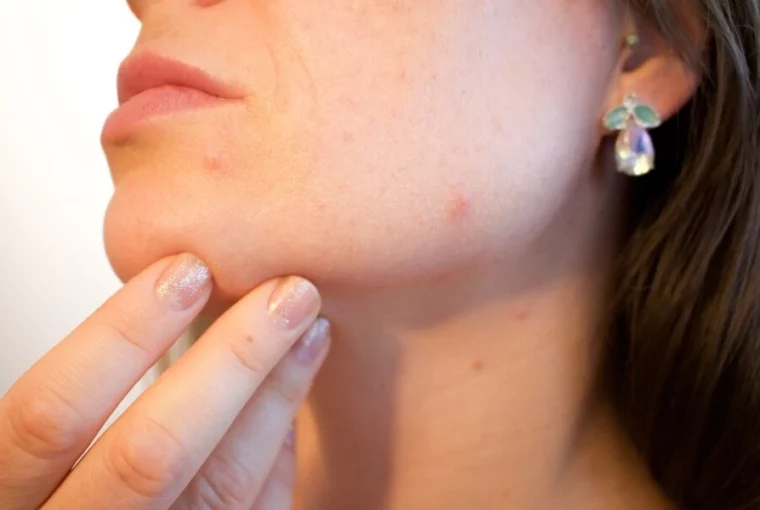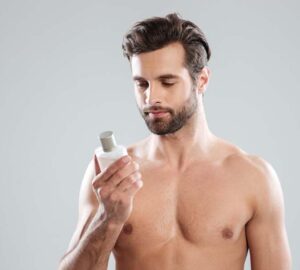For a definitive diagnosis, a dermatologist opinion is needed to avoid confusion between fungal or other types of acne and hormonal acne. This skin condition is responsible for causing breakouts of pimples, bumps or zits, and usually affects 80% of teens and young adults at least once.
What Is Hormonal Acne?
Hormonal acne can show up on the face, chest, back and shoulders, resulting in various types of skin lesions. Also called adult acne, it normally surfaces when there is a surplus production of sebum, an oily substance made by oil glands in the skin.
These oil glands open through the tiny pores present on the surface of the skin and excessive production can lead to gland inflammation, which in turn leads to the appearance of acne. Various other conditions, apart from high sebum formation, like skin debris and increased bacterial growth can lead to acne.
Hormonal acne typically affects women going through menopause or pregnancy, but it can affect people of both genders going through stress, lack of sleep, use of oily skin products, birth control pills, use of steroids, and some metabolic conditions.
Characteristics Of Hormonal Acne
Expert opinions are mixed but it is estimated that 50% of women between ages 20-30 get hormonal acne during puberty, often on the head, nose or chin. The lower part of the face from the bottom of the cheeks to the jawline are worst affected.
In some people, hormonal acne appears in the form of blackheads, whiteheads, small pimples on the head or cysts which form deep under the skin but don’t come to its surface, but instead form bumps that are painful and tender to the touch.
How To Differentiate Between Hormonal And Bacterial Acne?
Acne is a very common skin ailment and can occur at any stage in life. While hormone levels have a lot to do with acne, the issue is sometimes compounded by bacterial concerns like blackheads and blockages in your hair follicles.
You can tell whether the outbreak is bacterial or hormonal by its severity and if the flare-up is due to hormonal imbalance which can be tackled by using a topical medicine or a more systematic form of treatment is required.
If the acne tends to flare in women at certain points during your menstrual cycle,there is a high possibility that it is a hormonal acne outbreak.
Ultimately, the best way to find out which type of acne you are dealing with is to consult a dermatologist.This will give them an opportunity to study your medical history, check your acne after conducting a thorough examination.
Your dermatologist may also recommend a blood test to gain a better insight on your hormone levels and determine the composition of bacteria in the pores.
Whether your acne is hormonal or not, it is helpful to understand what causes it in the first place in order to arrive at the right treatment option as a combination of factors could be responsible for the flare-up.




